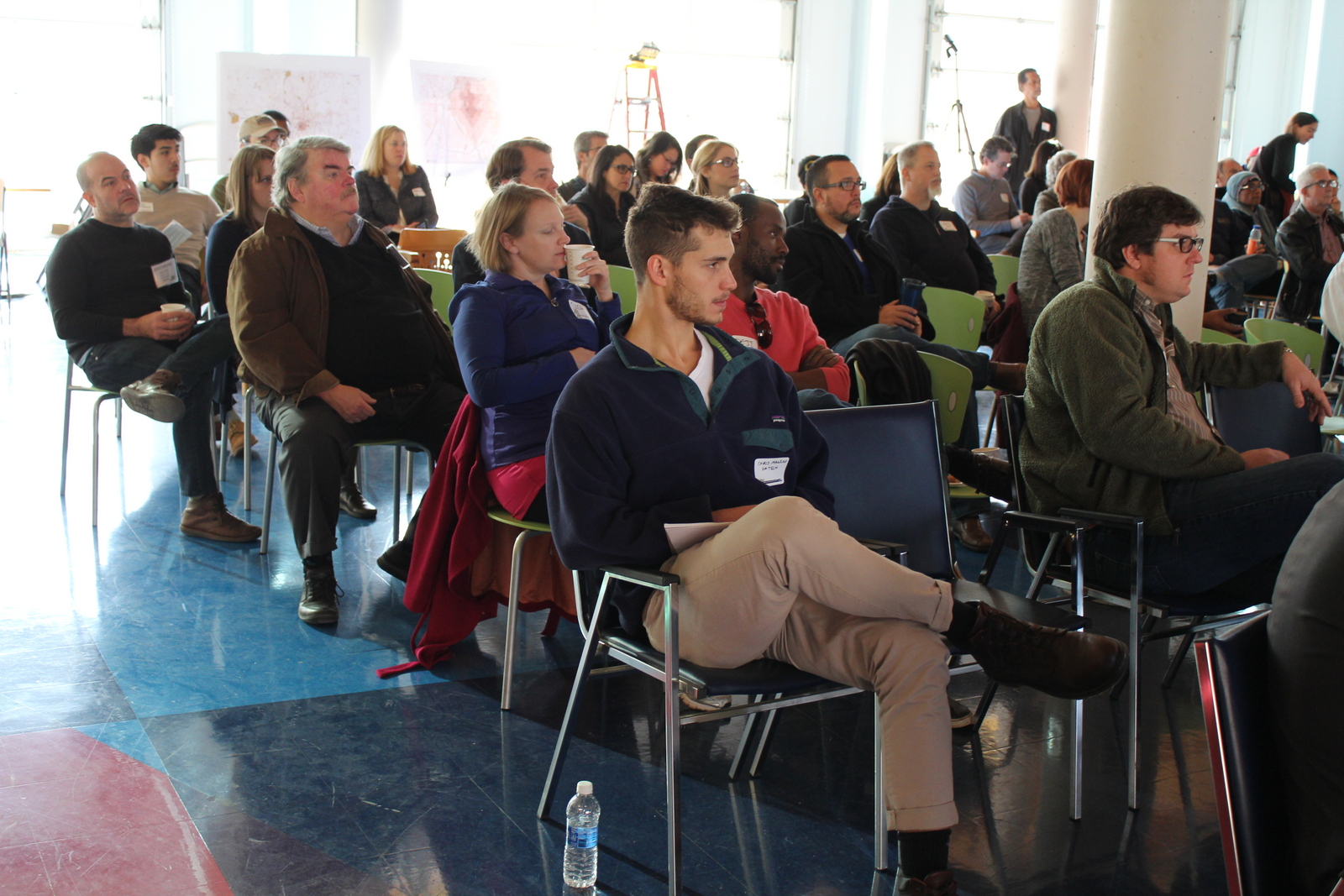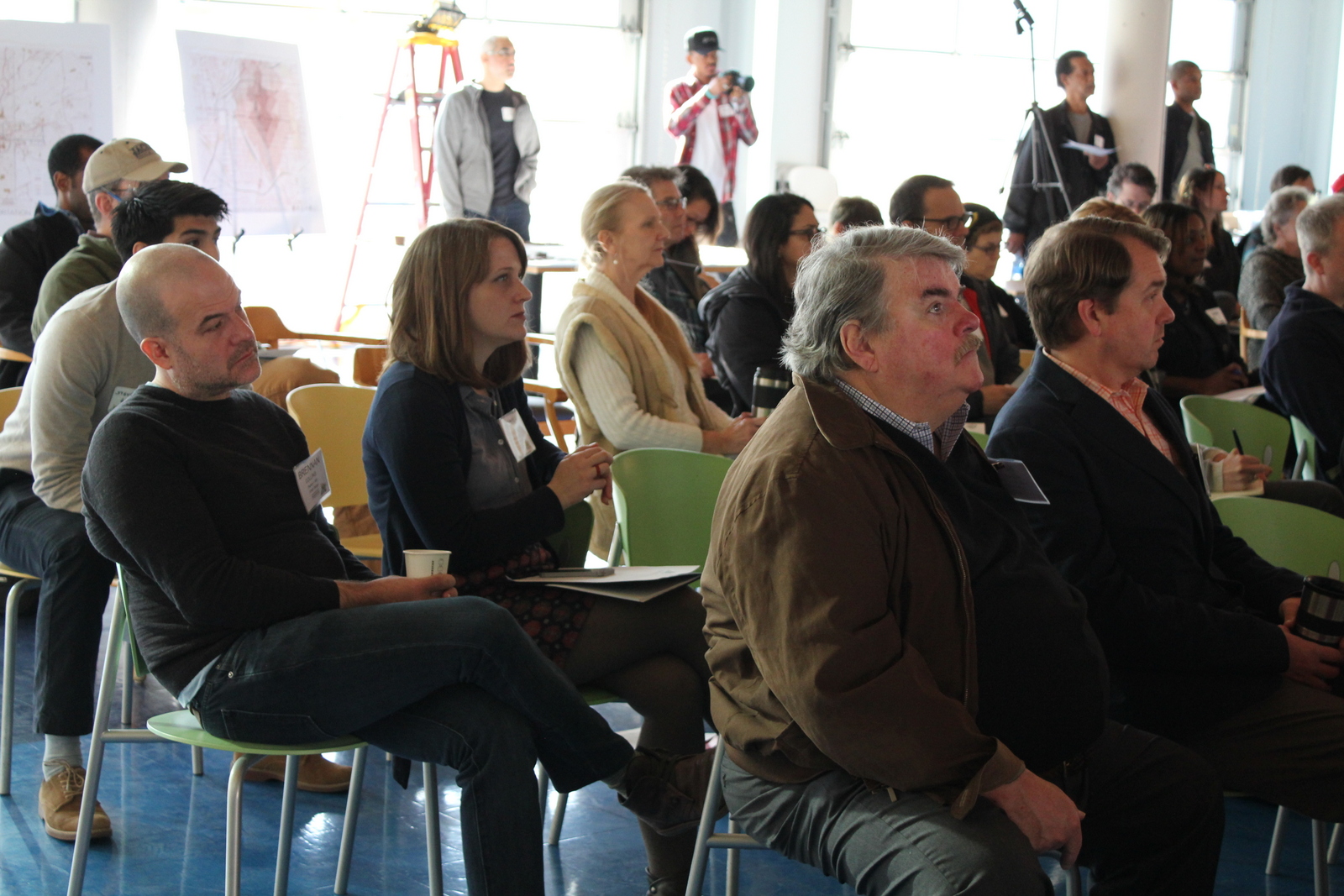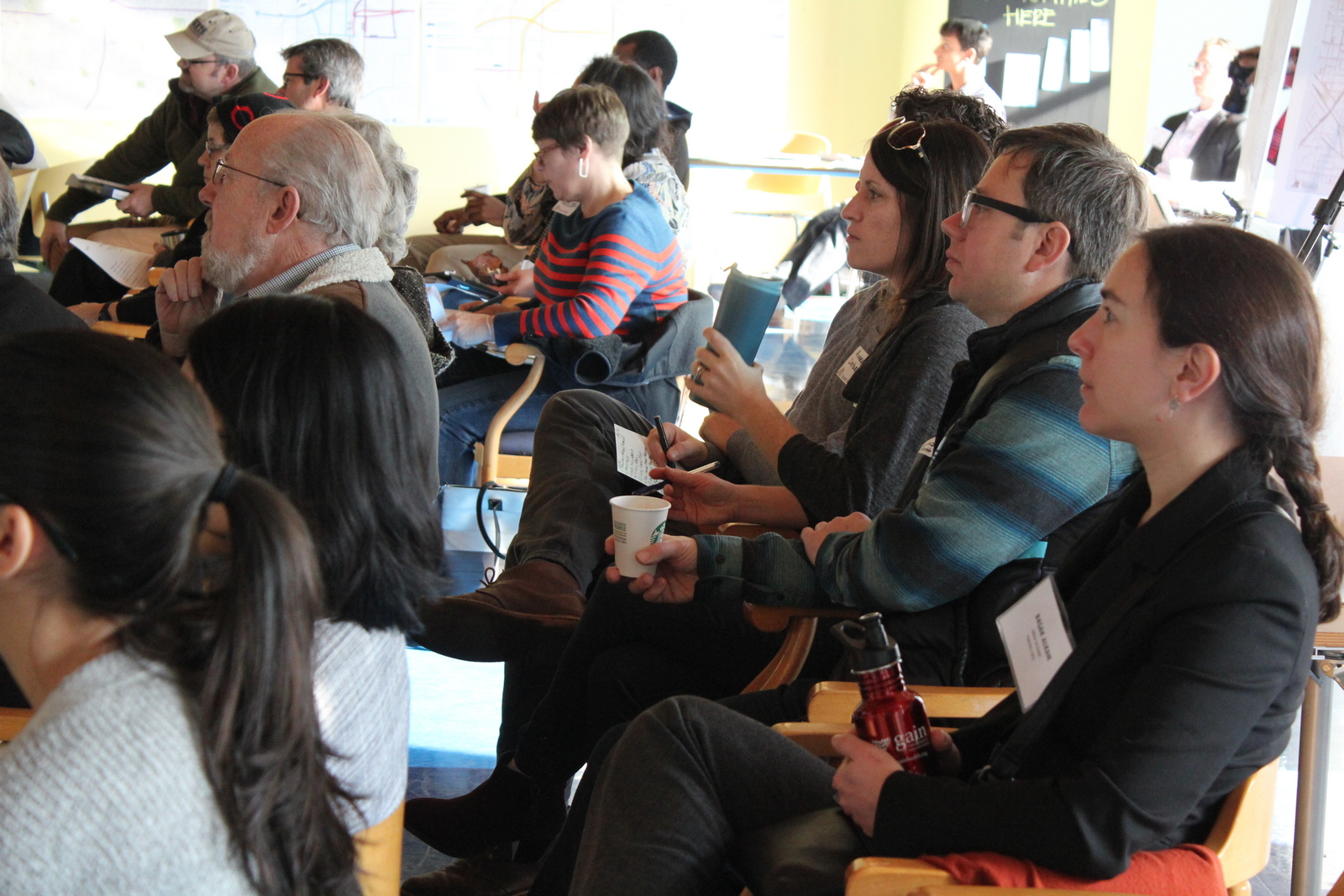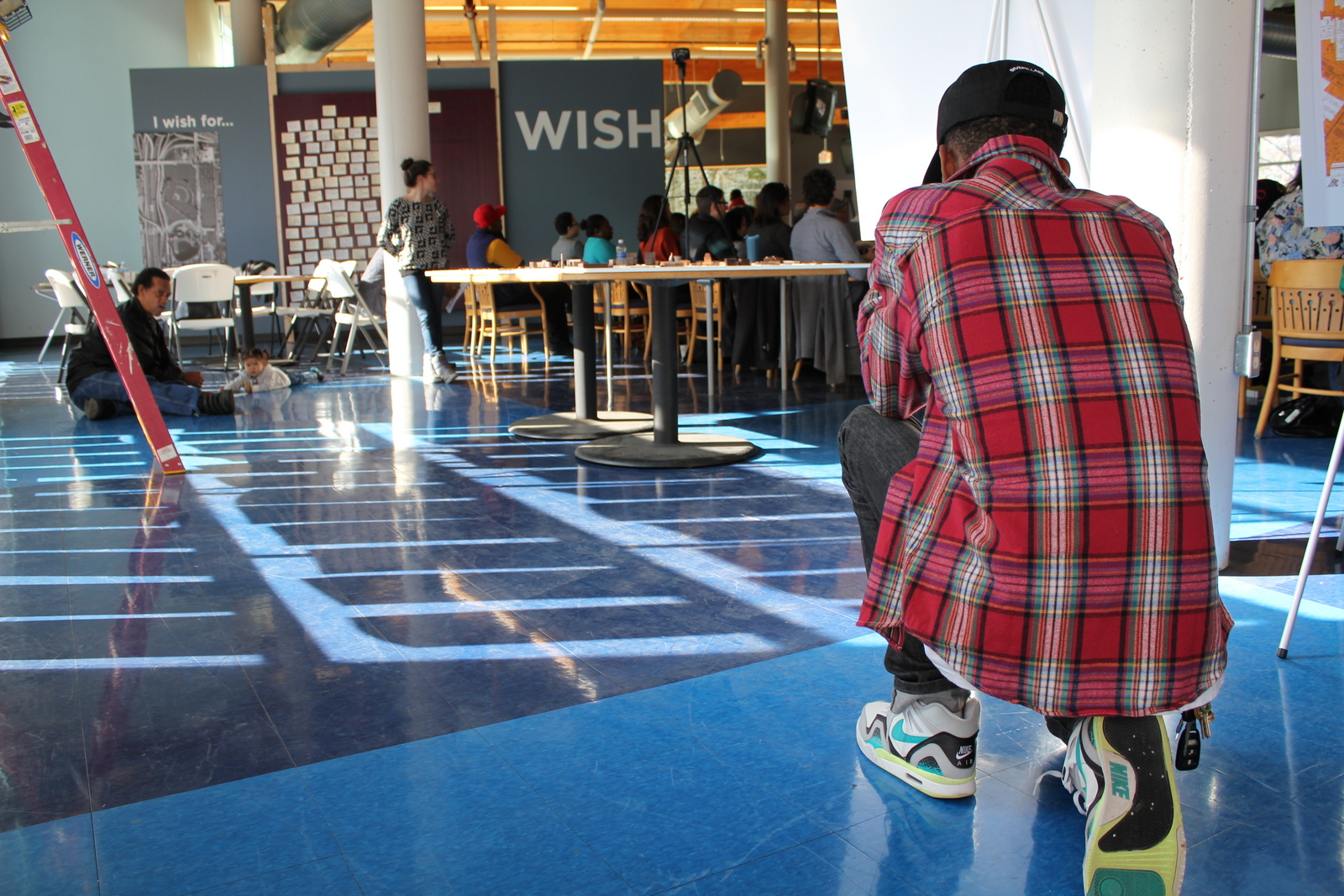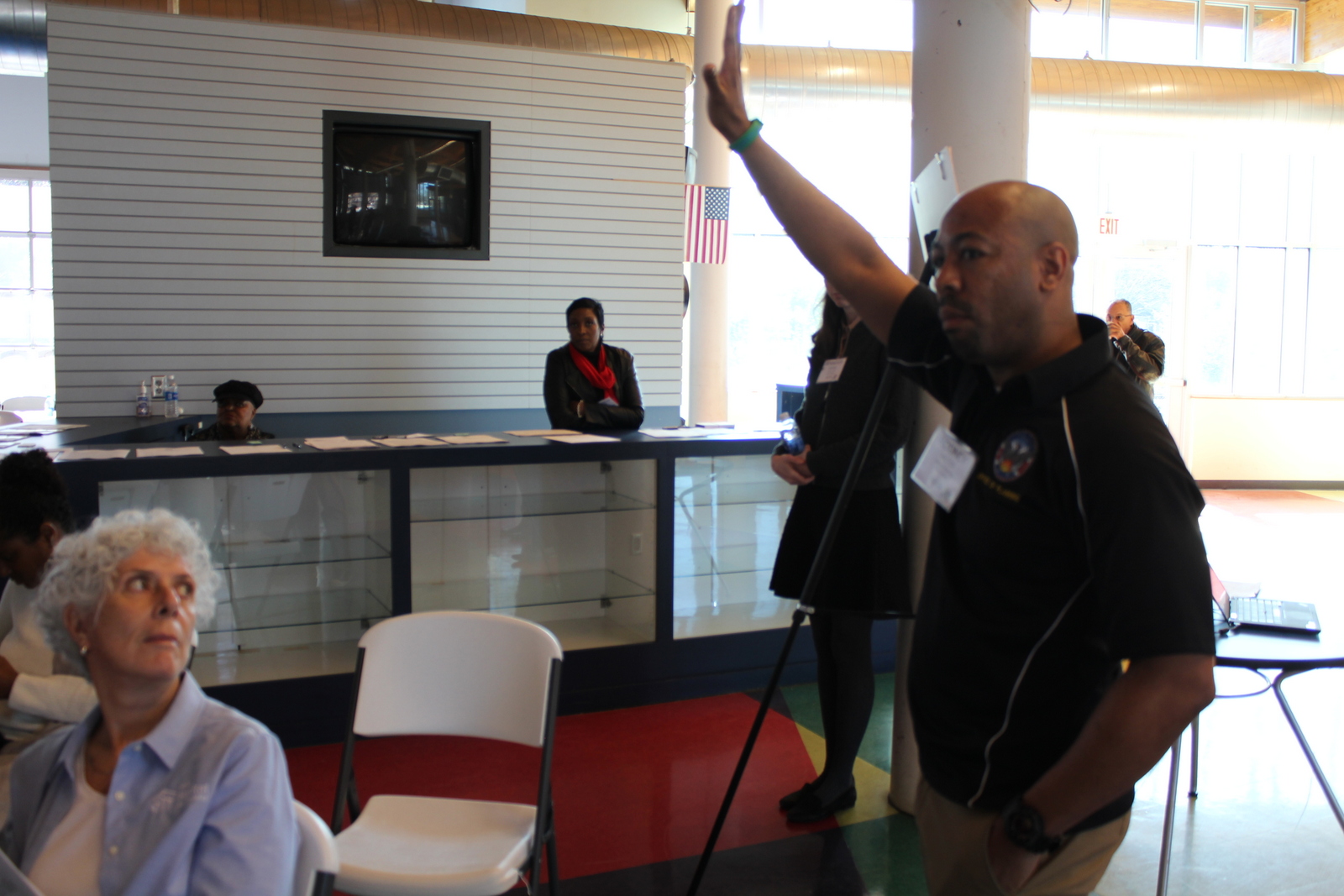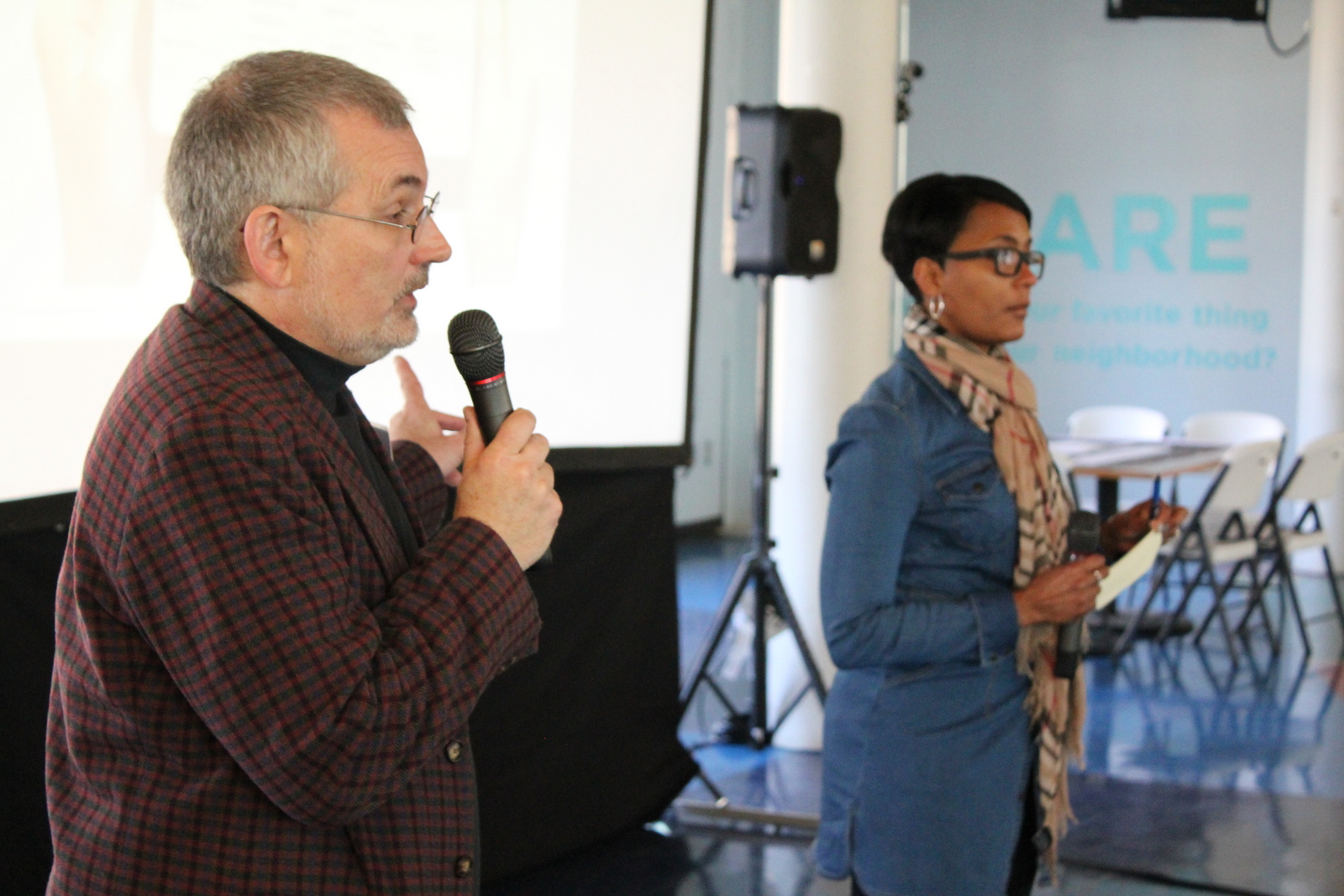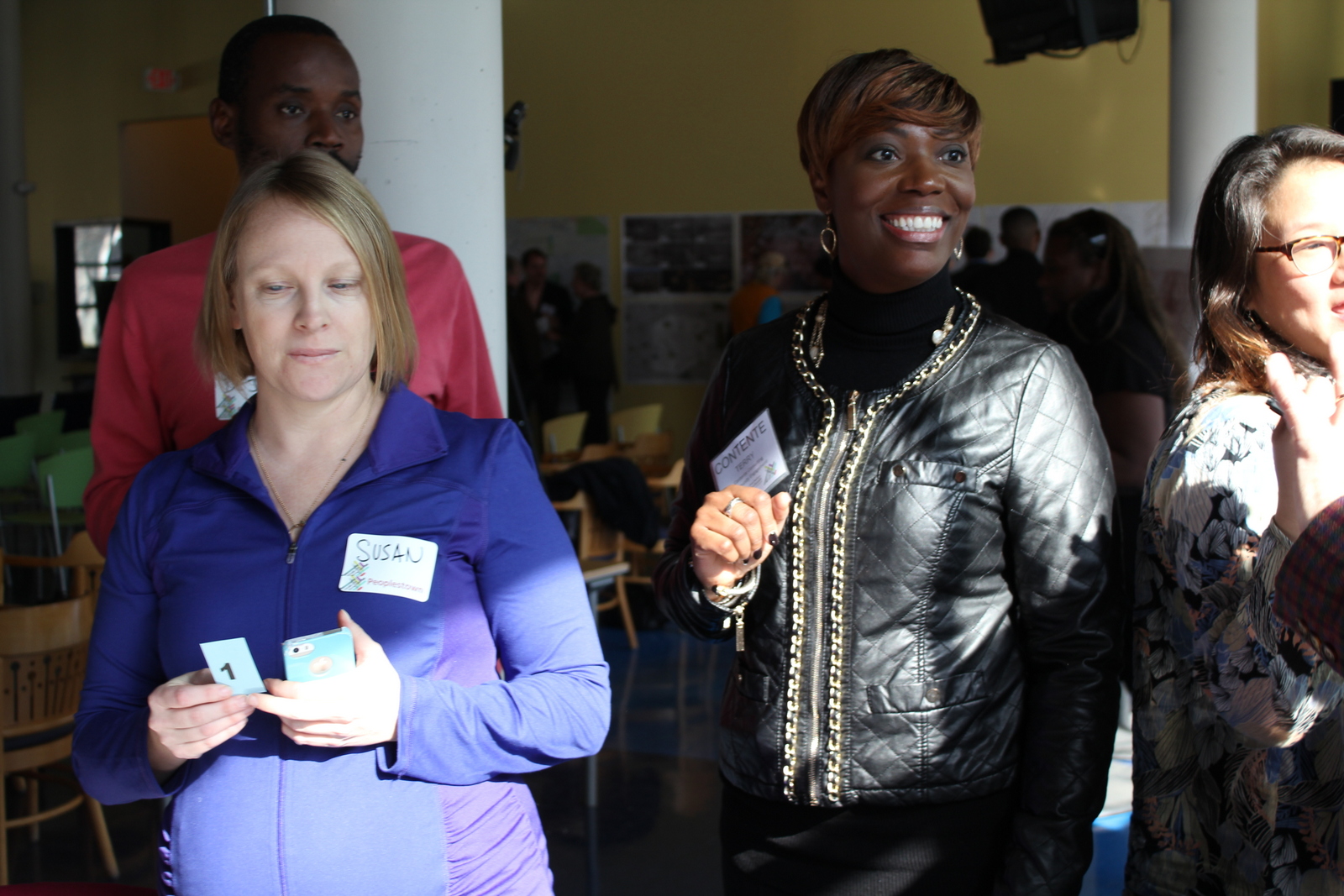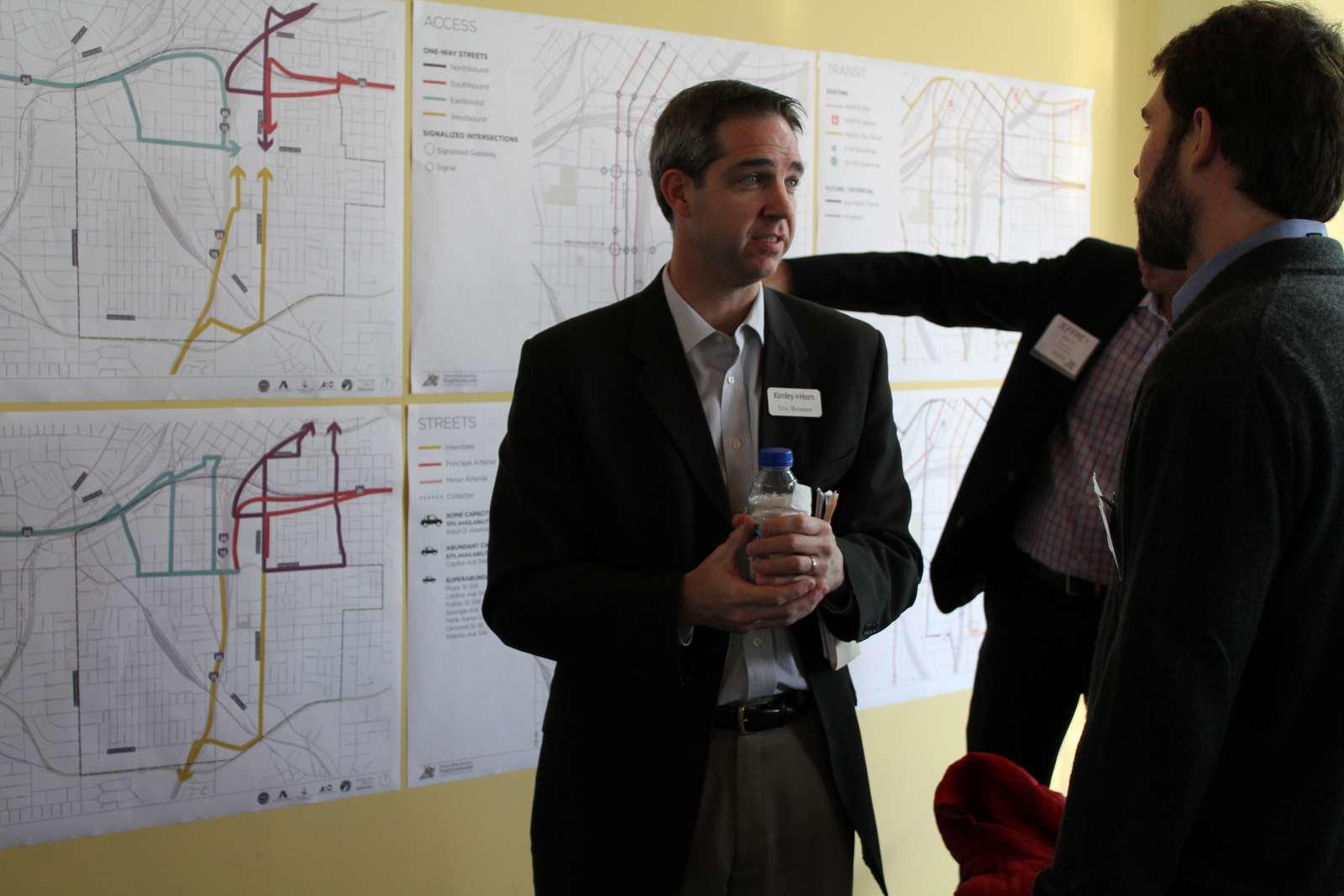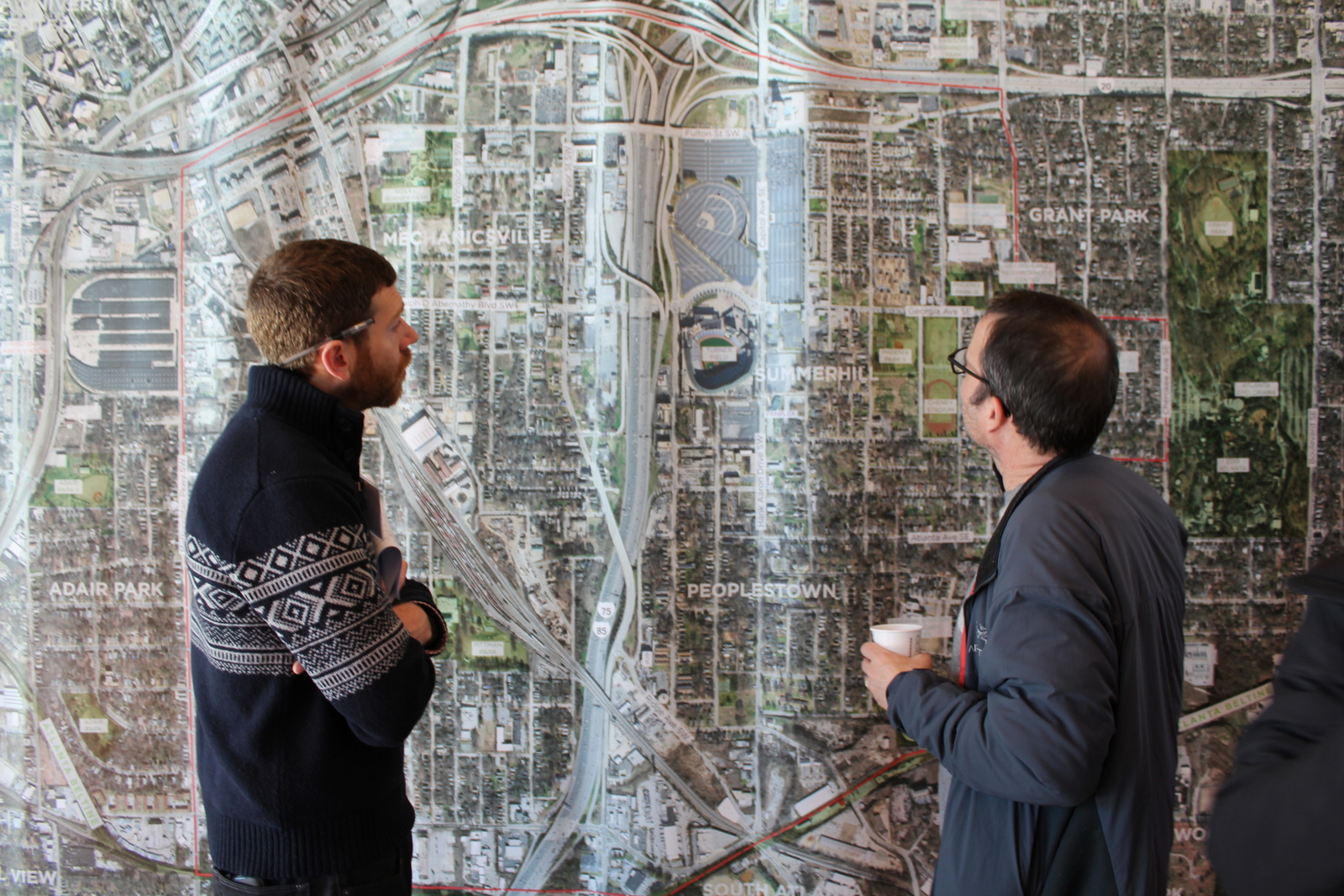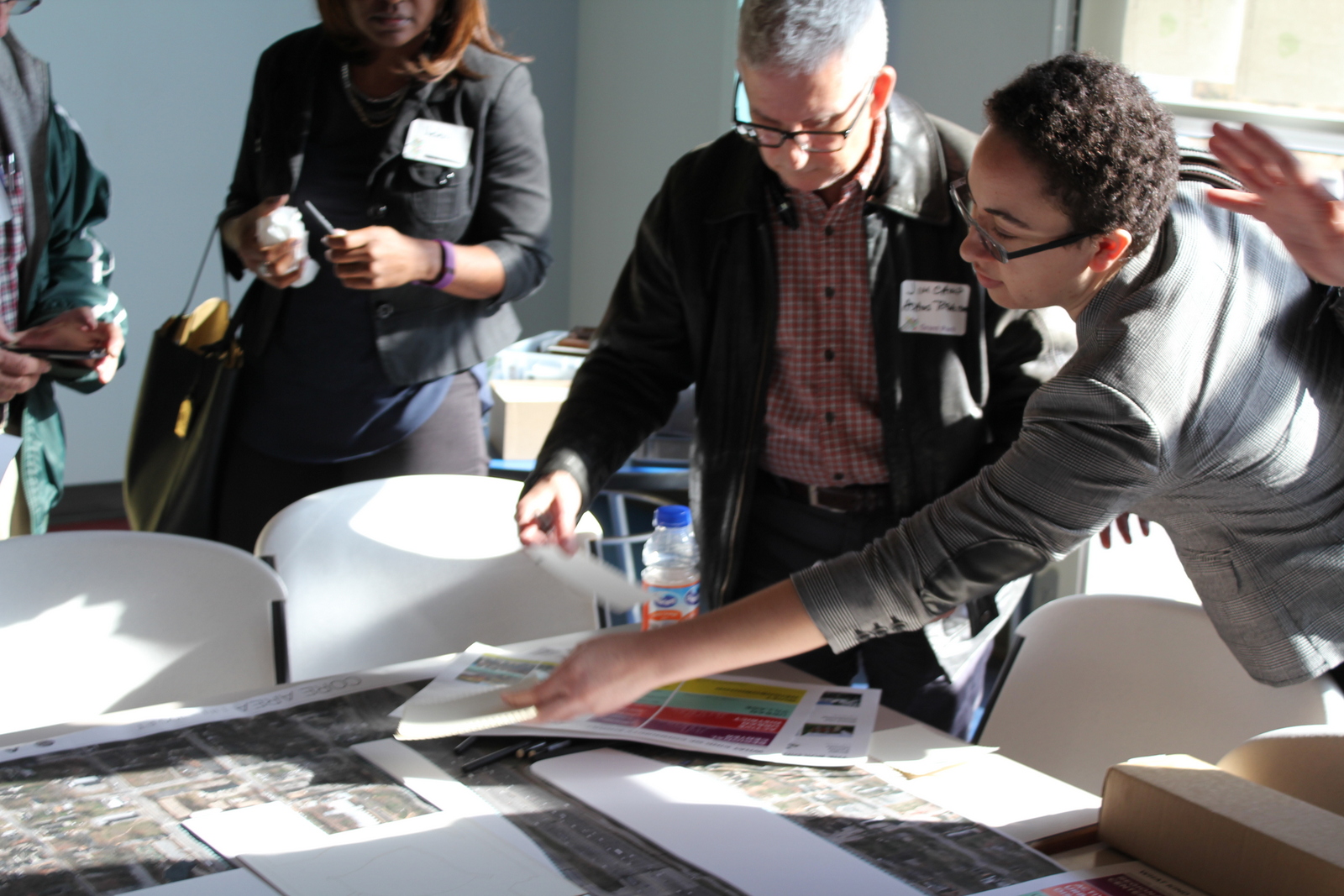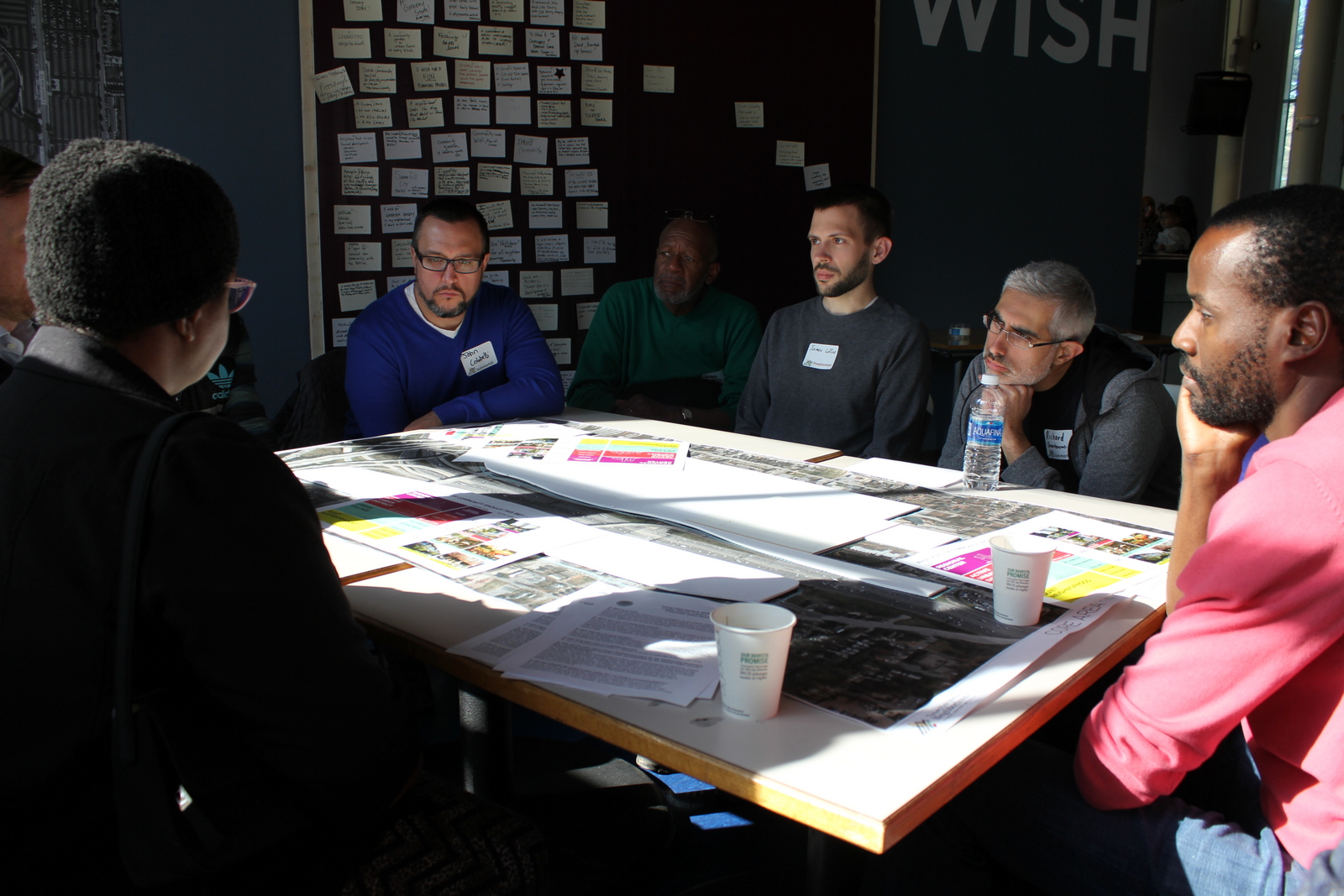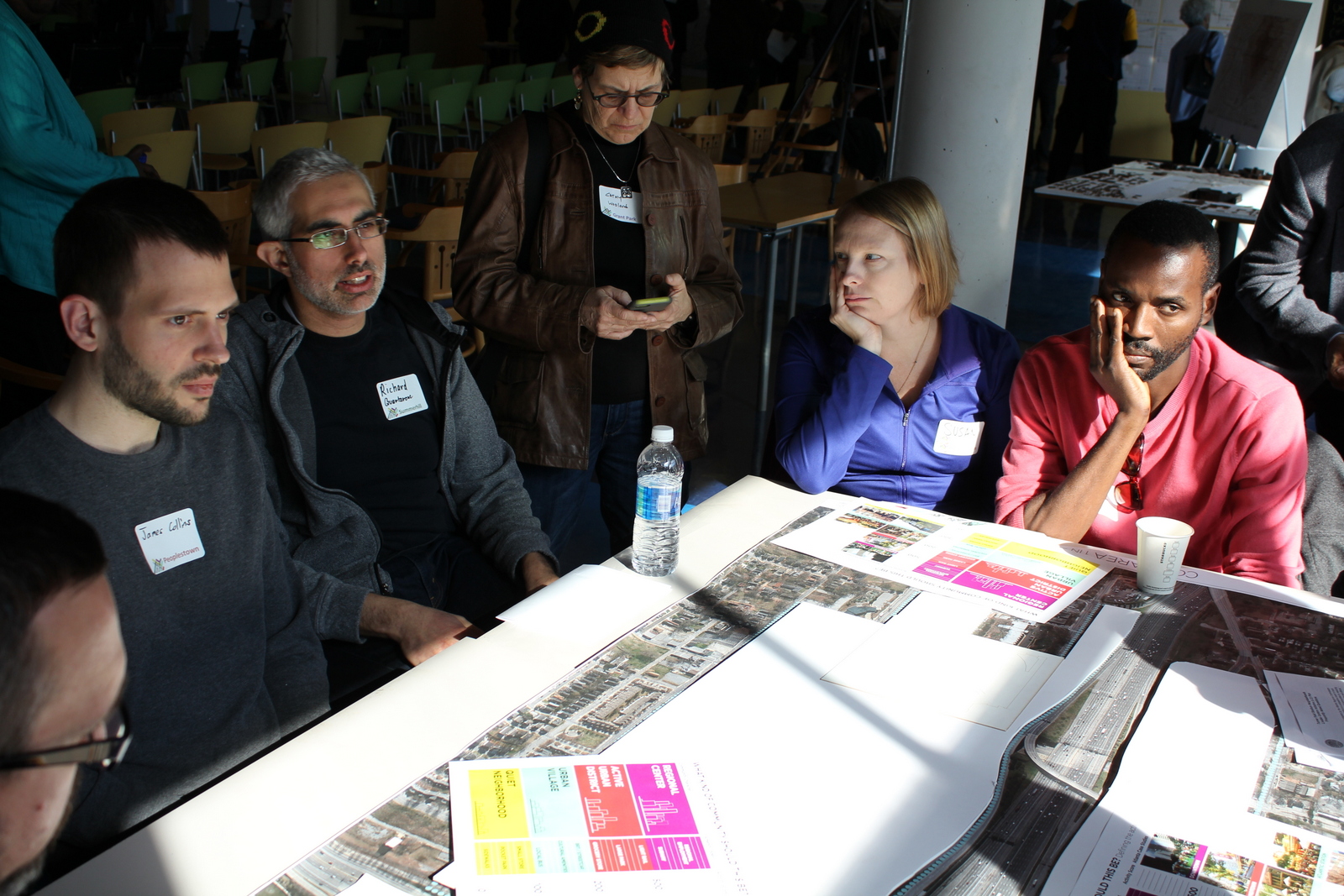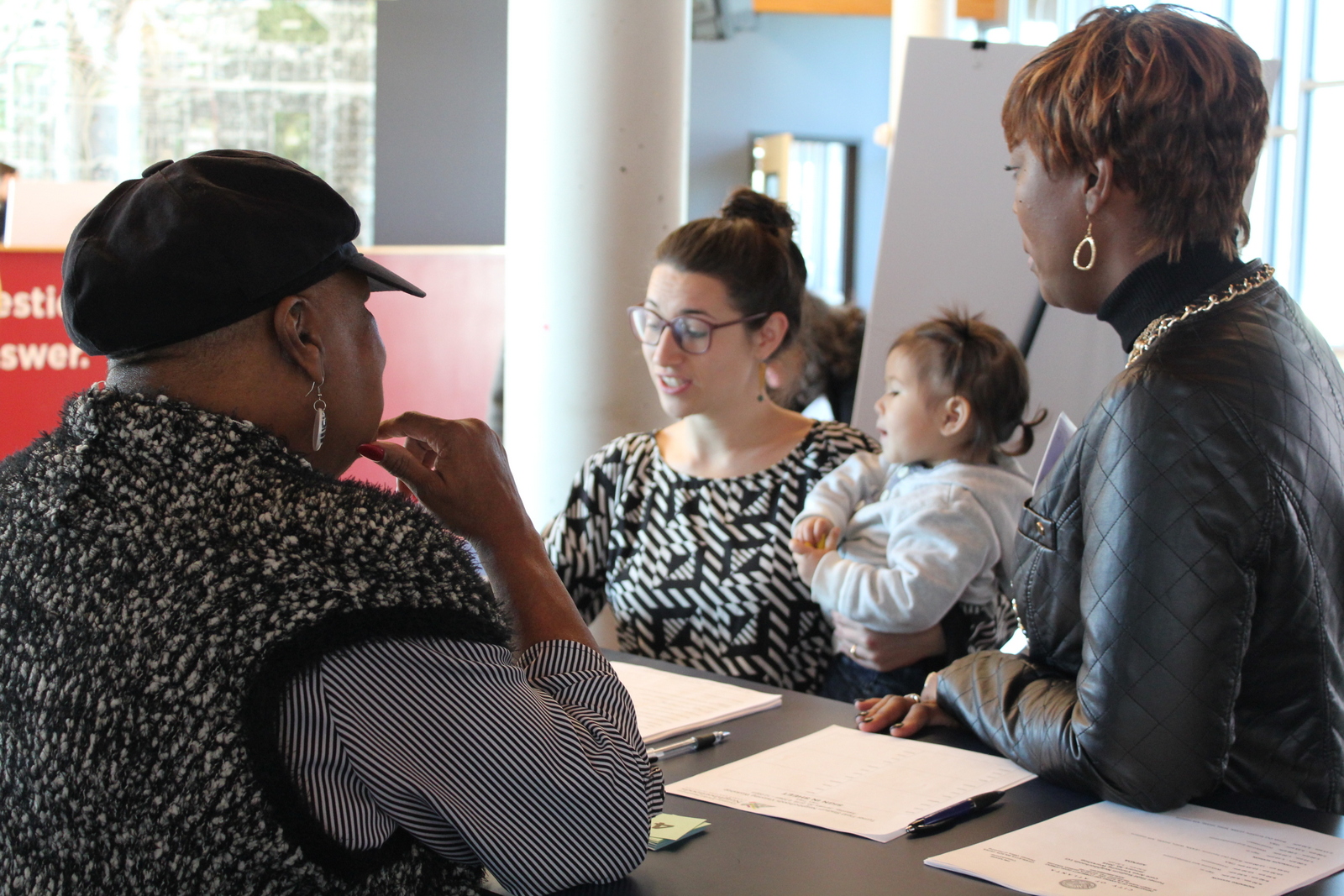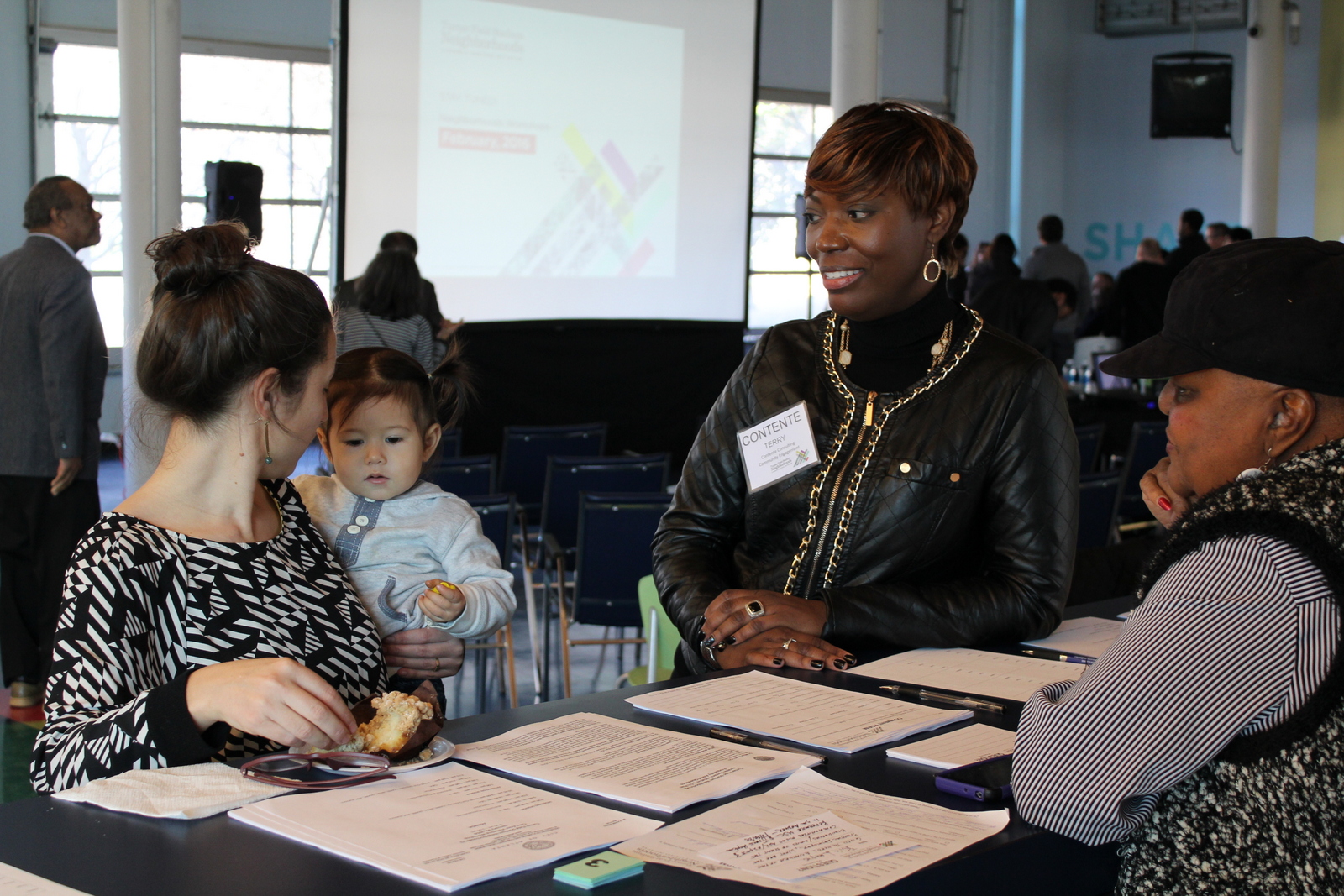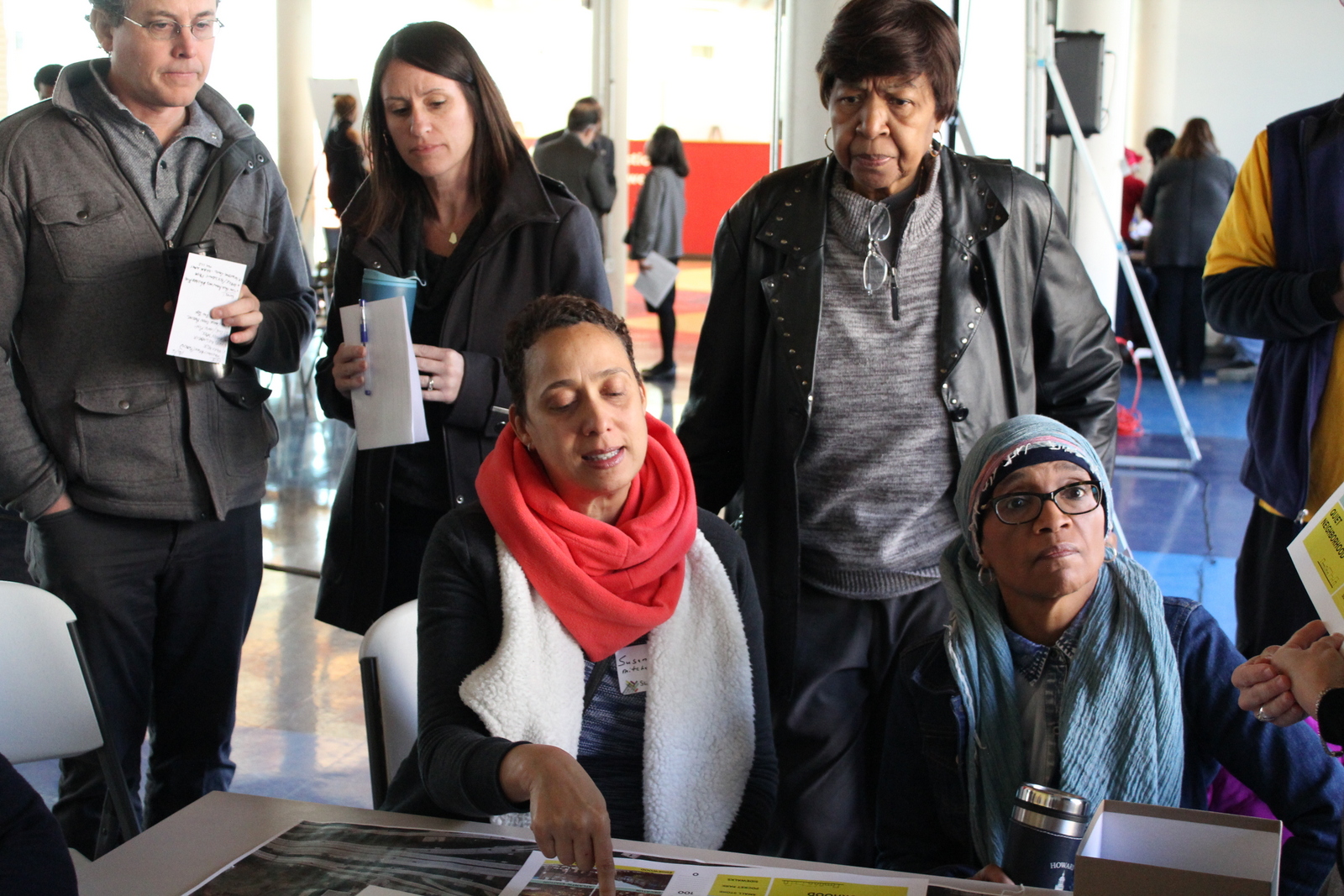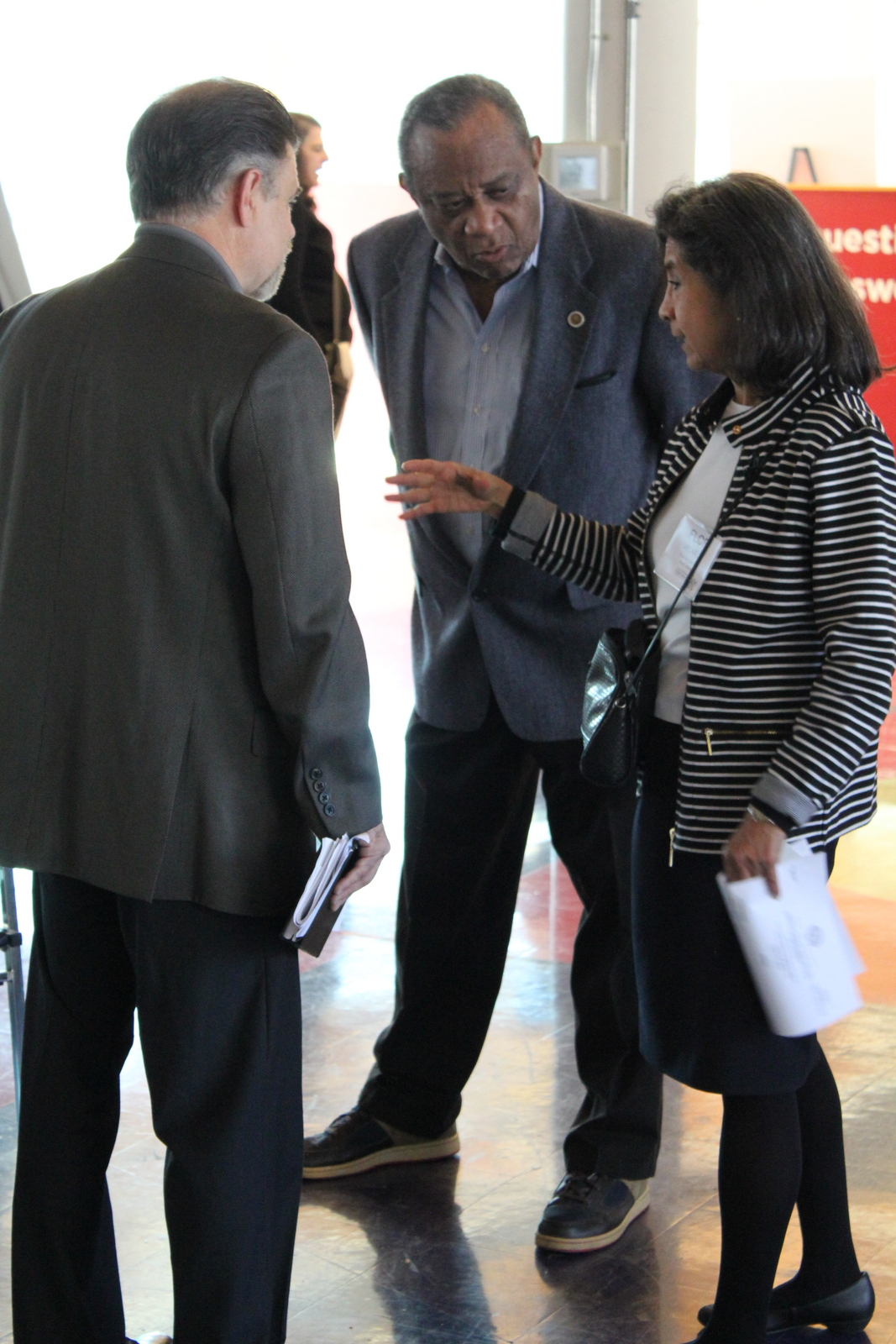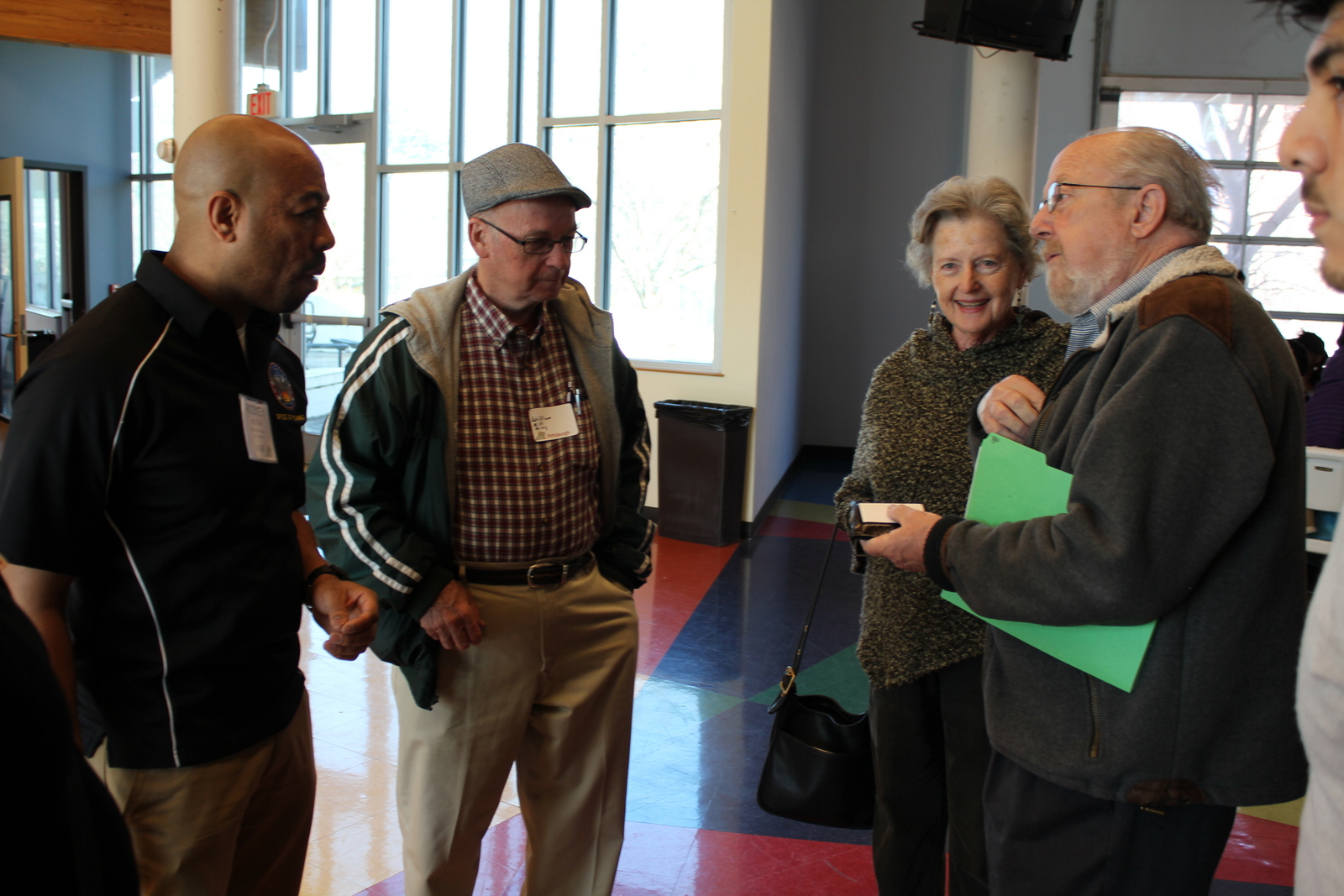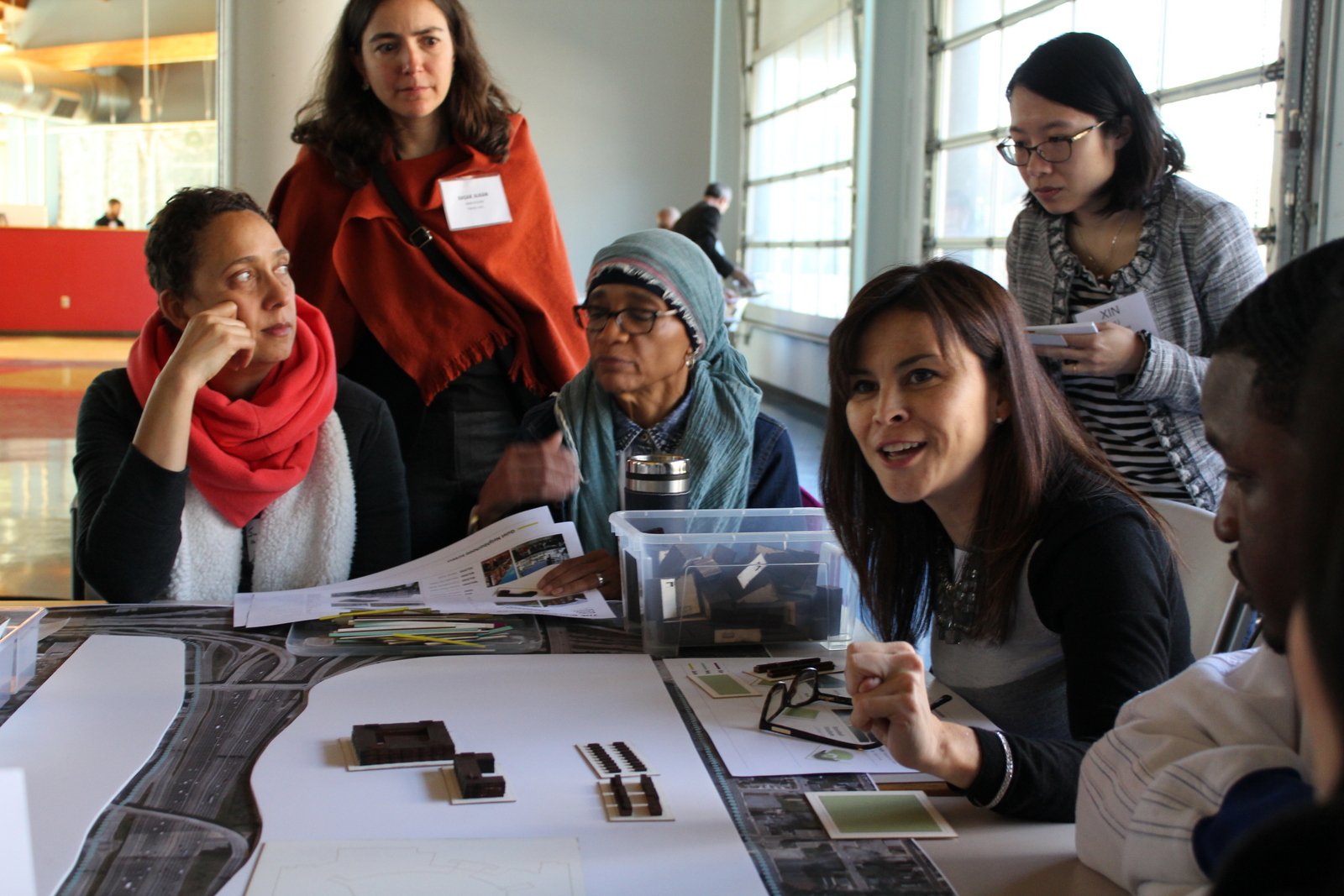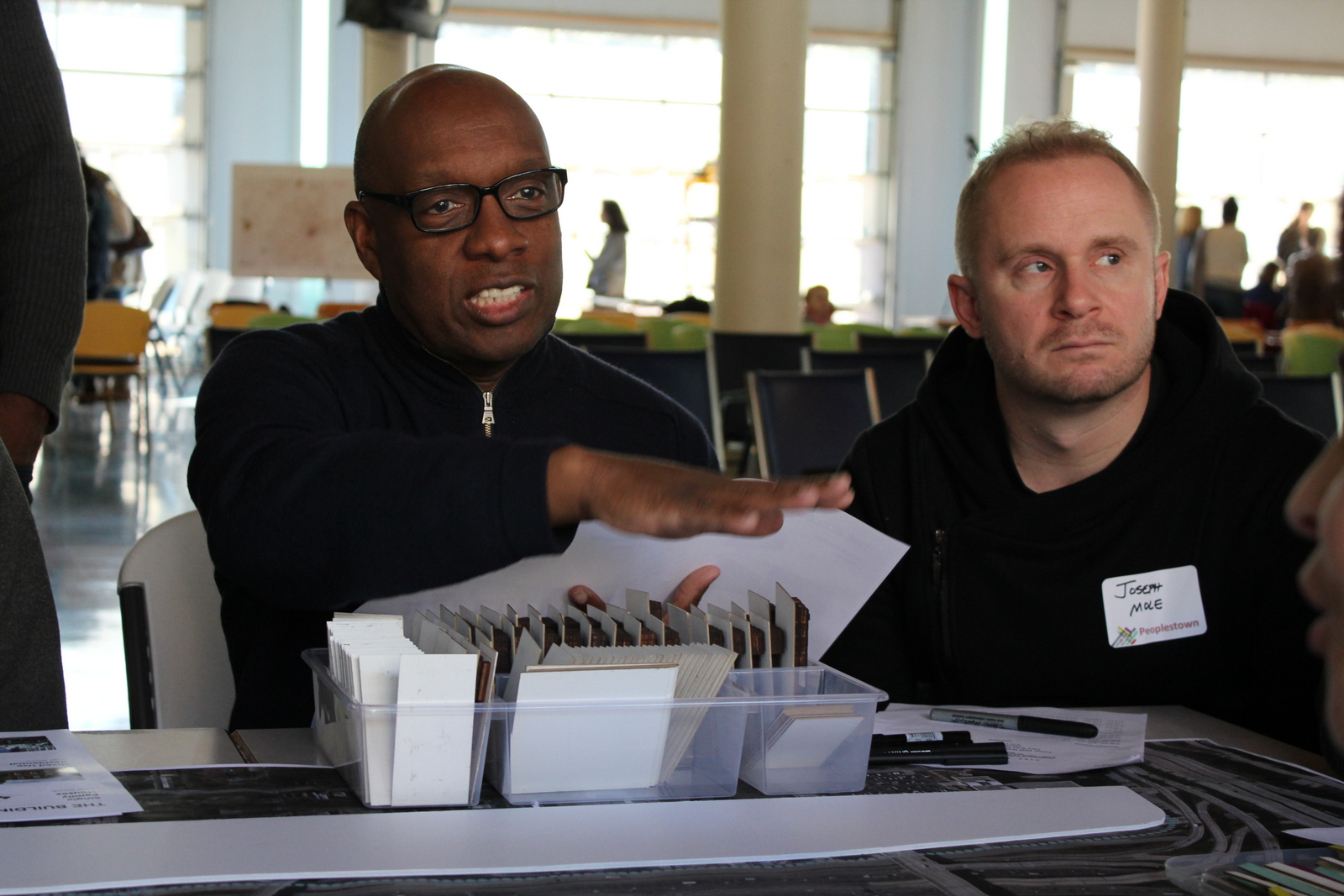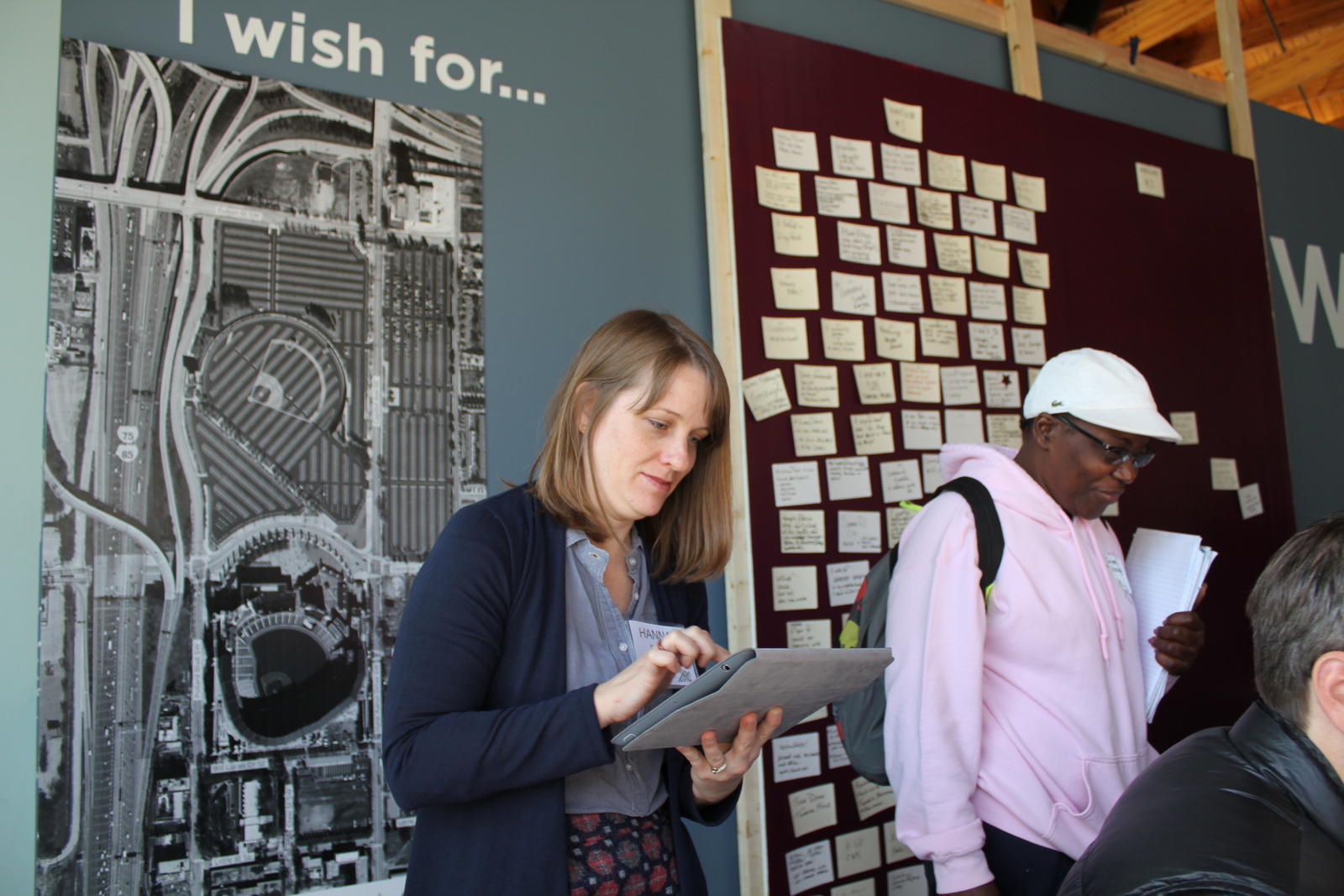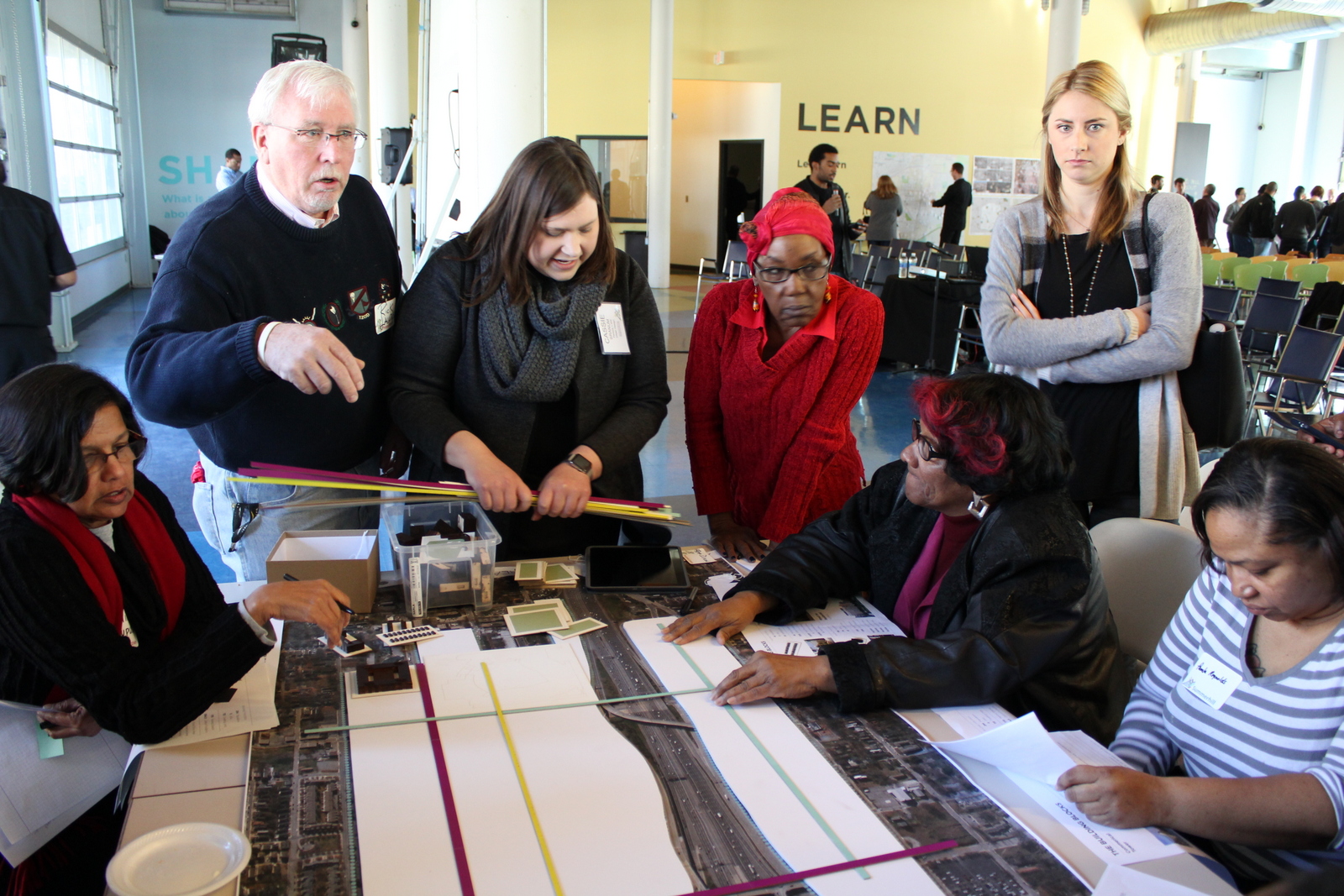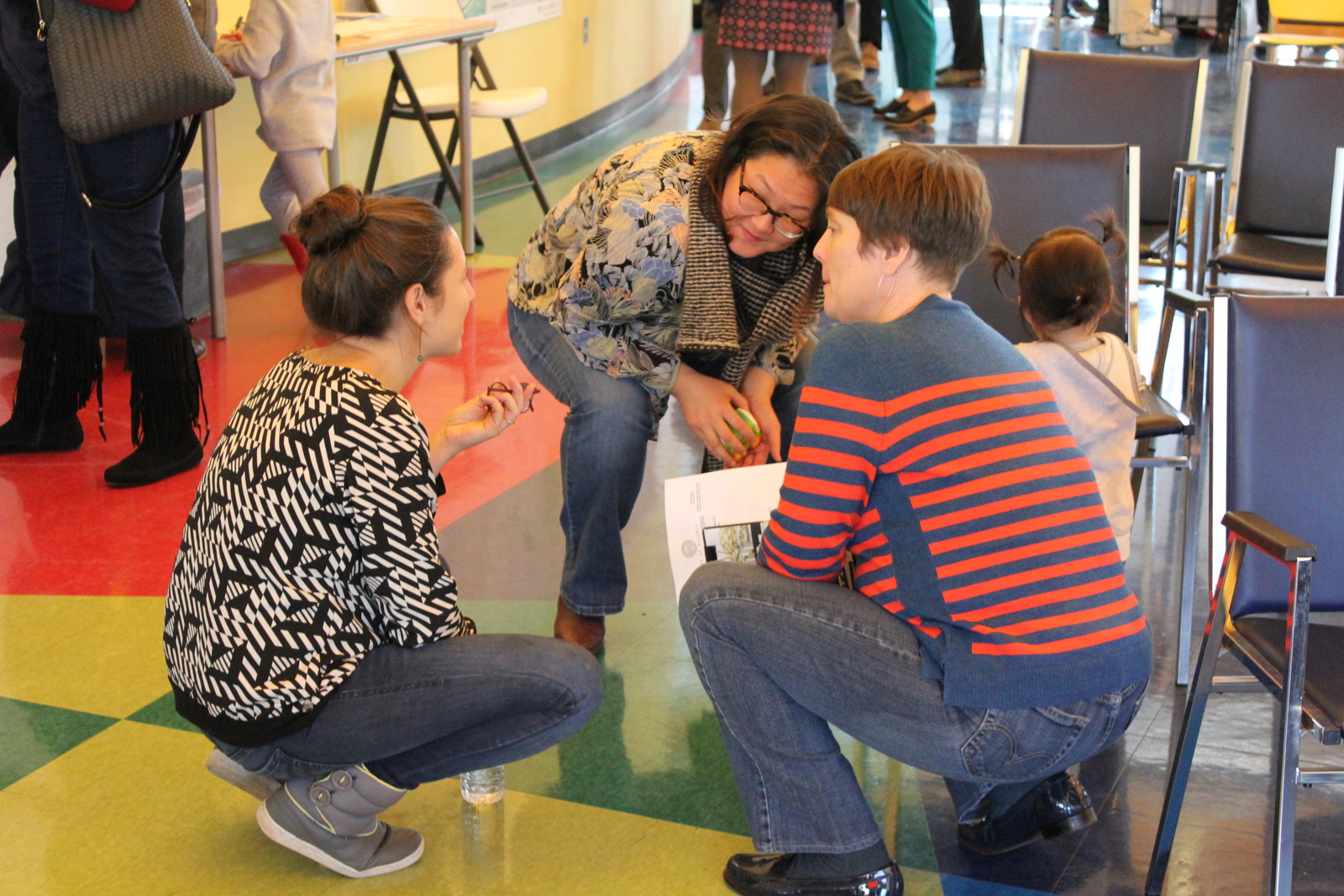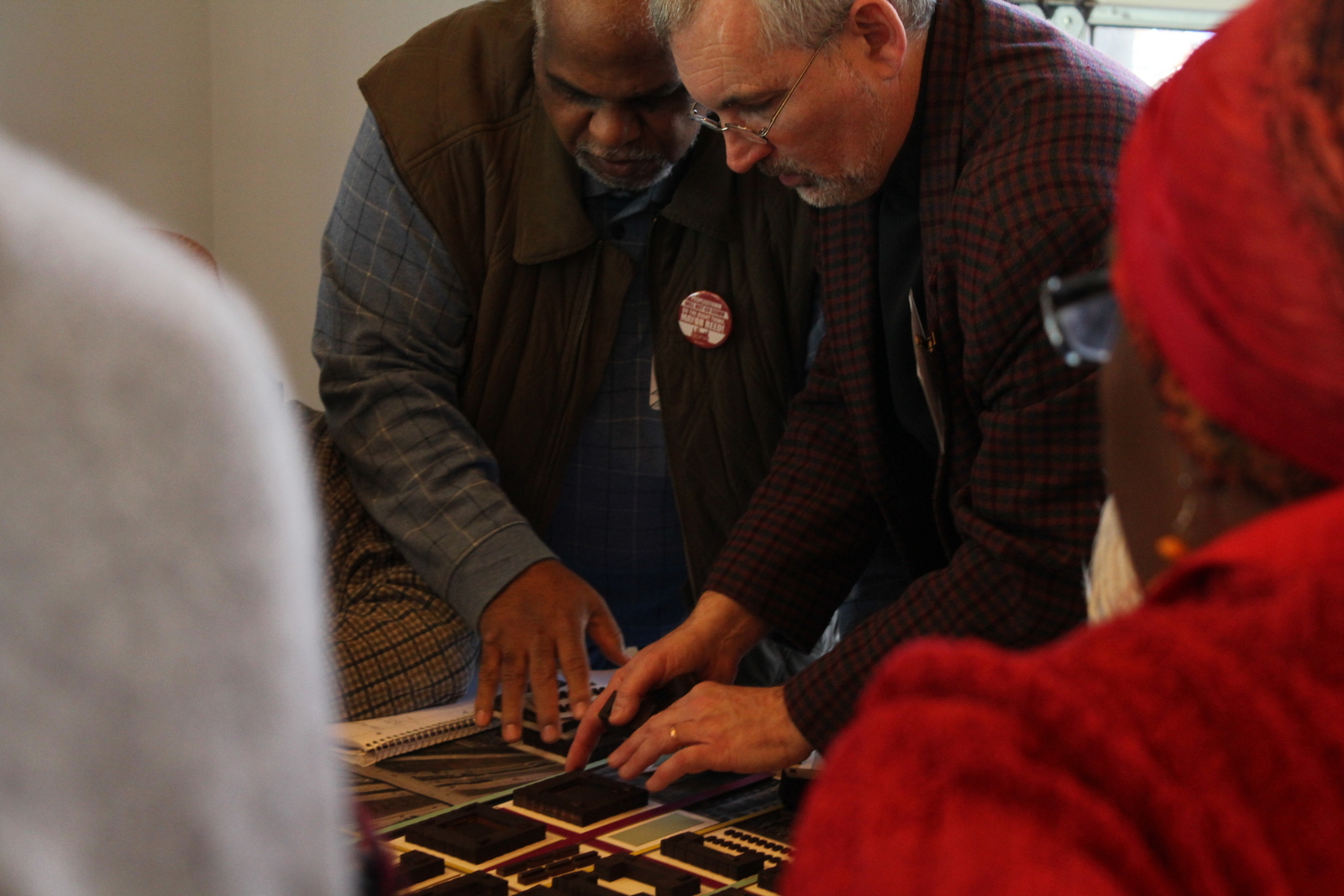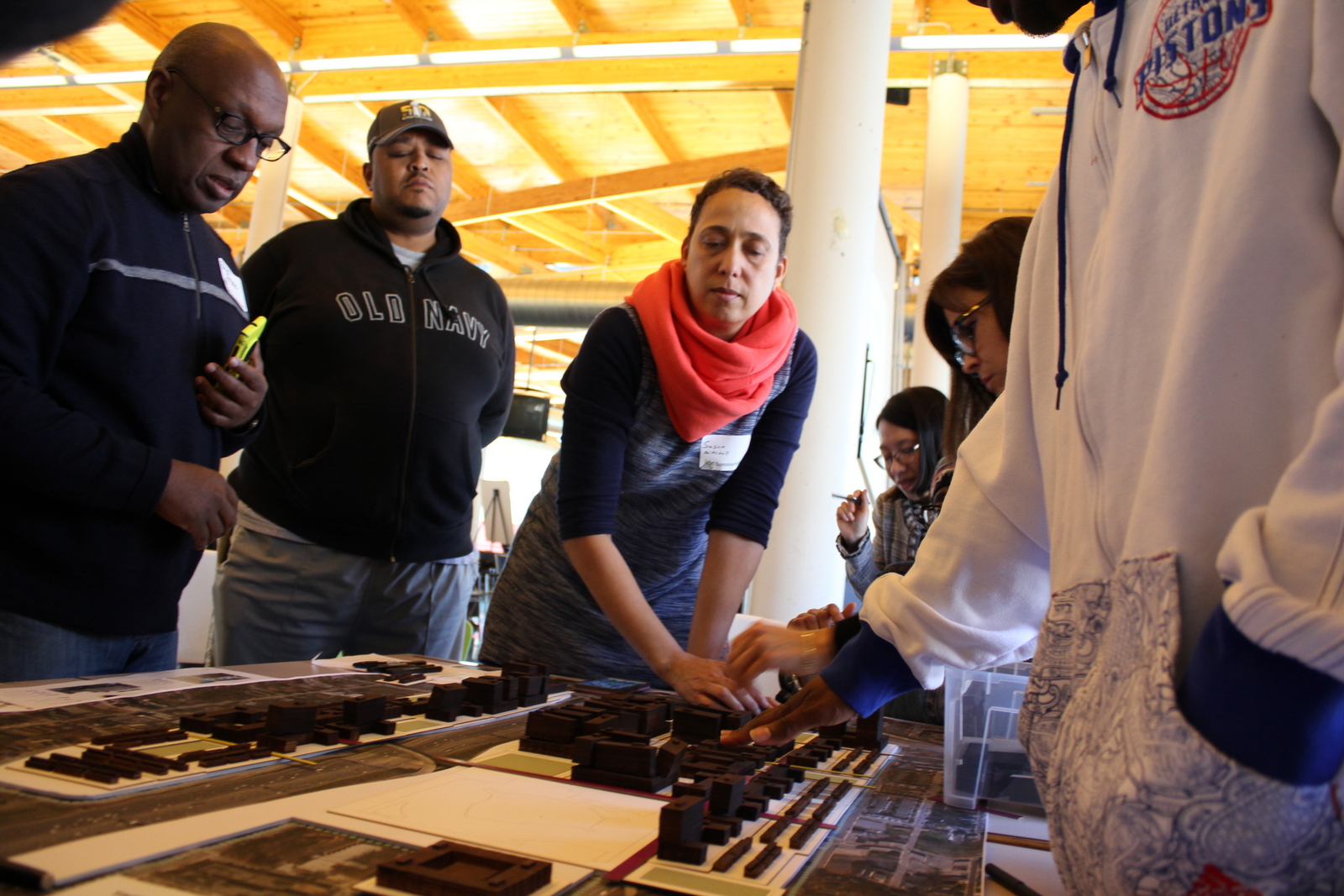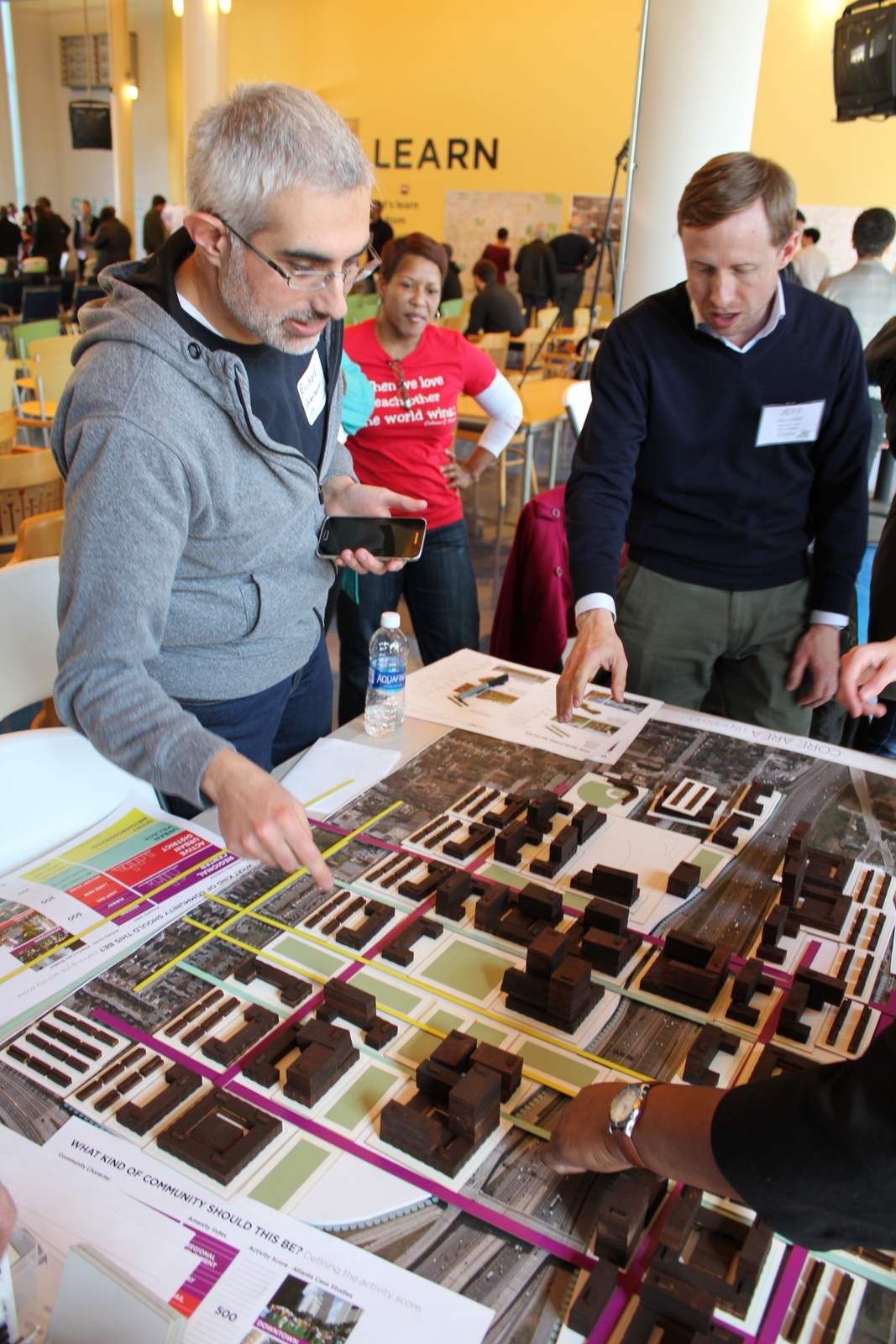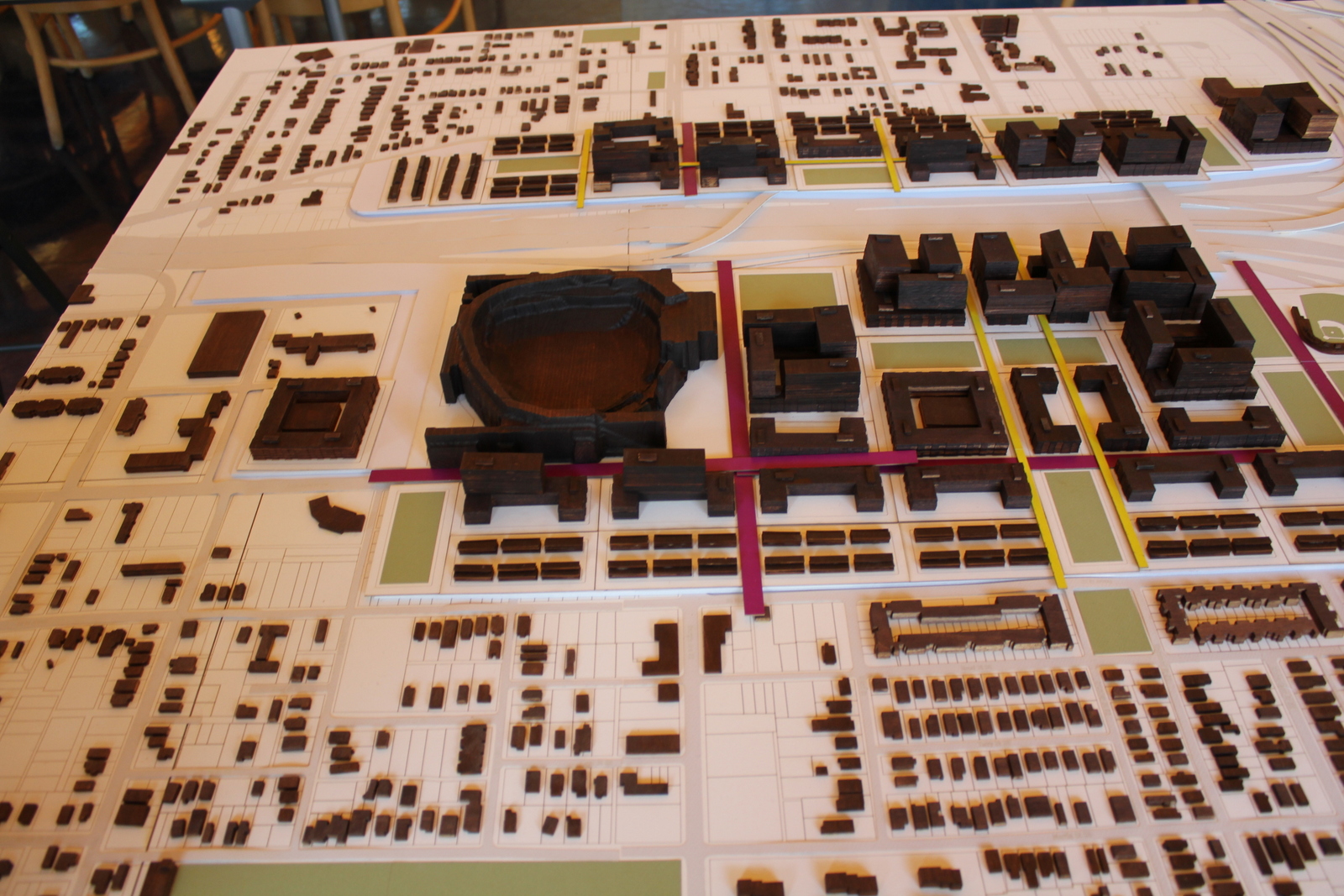Neighborhood Workshops
Following an intensive study of the “core area” of the LCI study area, the planning team shifted focus to the five stadium neighborhoods.
During the month of March, the planning team conducted a two hour public workshop in each of the five neighborhoods. Numerous studies, LCIs and redevelopment plans have been developed for these communities, but many of these plans need to be reconsidered in light of the redevelopment of Turner Field. Using these plans as a foundation to start the conversation, the neighborhood workshops were designed to explore the issues and opportunities specific to each neighborhood.
While each neighborhood is distinctly different, the five workshops had a consistent format that included a brief presentation followed by breakout tables. John Skach with Perkins+Will provided an overview of the LCI project to date and recapped the results of the last major public event, the Core Area Visioning Workshop.
Eric Bosman from Kimley-Horn was on hand to discuss effective vehicular, pedestrian and transit connectivity within the neighborhoods and surrounding the Turner Field area. Geoff Koski from Bleakly Advisory Group discussed the various housing types that could be developed in the area based on market realities and supply and demand. Download the presentation for Peoplestown, Summerhill, Mechanicsville, Pittsburgh and Grant Park.
Following the brief presentation, participants rotated to each of the three breakout tables:
Table #1 Transportation
Participants were asked to identity and describe existing issues, challenges, and safety concerns for both vehicular and pedestrian movements utilizing neighborhood maps of existing transportation infrastructure. The second transportation exercise involved assembling puzzle pieces of street elements (travel lanes, sidewall widths, multiuse trails, and street trees) to reconfigure a major arterial in the area.
Table #2 Land Use and Connectivity
Using a large scale map of the LCI study area, participants were asked to respond to potential signature streets, activity streets and possible connections to the Turner Field site.
Table #3 Community Cultural Assets
Rodney Milton with the City of Atlanta Office of Planning facilitated a table exercise where community members were asked to identify neighborhood assets that should be enhanced and preserved. The resulting “Greatest Hits” lists capture what makes each neighborhood unique and different, including local landmarks and icons, cultural venues, eateries, and the living ambassadors and historians of each neighborhood.
The breakout table results for each neighborhood can be downloaded here.






























































